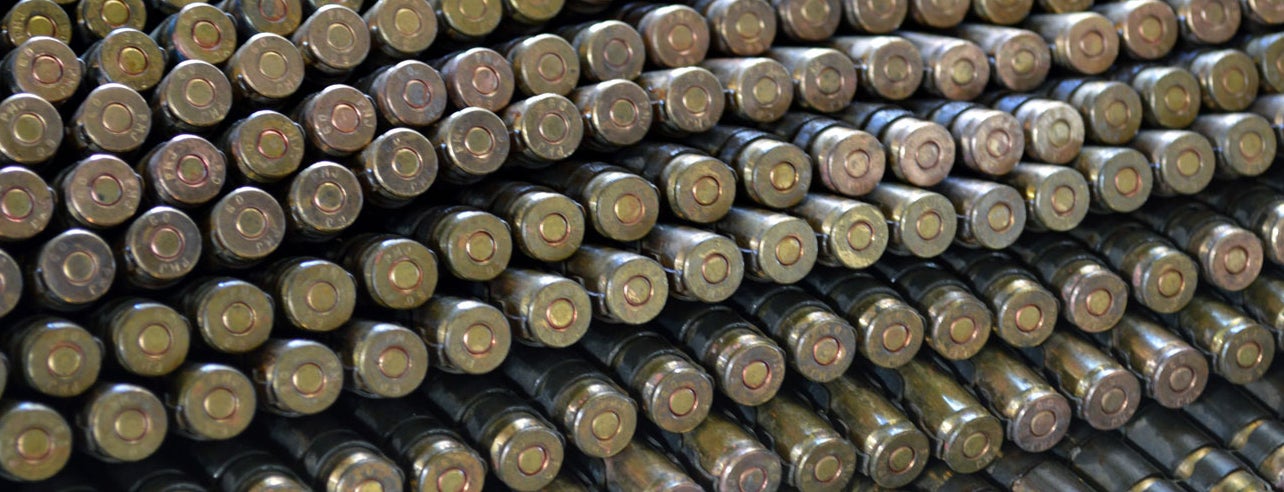Modernizing Ammunition Plants Will Take 15 Years
Modernizing Ammunition Plants Will Take 15 Years

The Army is modernizing its ammunition plants with a goal of meeting future requirements so that there is “no significant shortfall in conventional ammunition production by the ammunition industrial base,” Gen. Edward Daly, Army Materiel Command commander, told a congressional committee concerned about aging infrastructure.
Most Army ammunition plants were built during World War II and have long since closed, but the average age of ammunition buildings and infrastructure is 58, about eight years beyond their expected useful service life, Daly and Bruce Jette, the Army assistant secretary for acquisition, logistics and technology, said Sept. 22 before the House Armed Services subcommittee on tactical air and land forces.
The Army has invested $3.2 billion since 2009 to modernize ammunition production, including environmental upgrades and making plants safer, more capable and sustainable, Daly and Jette said. The Army still needs $14 billion to $16 billion to fully modernize the ammunition industrial base by 2035, they said.
Jette said some plants are outdated, with ammunition still being moved by hand, a less safe method. It will take time to bring plants up to 21st century technology standards, and the Army must carefully plan to modernize the ammunition plants while maintaining production to avoid the risk of shortages.
The Army had 84 ammunition plants in World War II, but it has just 16 today, and two installations primarily involved with chemical weapons destruction are expected to close in 2023, Daly and Jette said.

